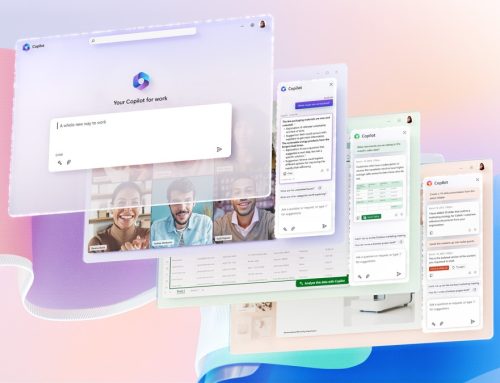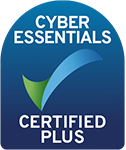We’ve all been there. You’ve spent hours working on an important document for a client, only to delete it a couple of days later accidentally. So, if you ever find yourself in a bind, always check the Recycle Bin (Windows) or Trash (Apple) first.
The Recycle Bin works like any other folder — simply open it, select the file you want and click the Restore option. If you’re using a Mac, find the target files in the Trash and then either drag them to the desktop or right-click and select Put back to recover them.
Unfortunately, this handy feature only works if the bin hasn’t been emptied in the meantime — and if you haven’t saved over a previous version. But emptying it doesn’t mean a deleted file is lost forever. You just need to know where to look…
Recovering deleted files on a PC
If you can’t find a file on your computer or you modified or deleted it by mistake, you can try restoring it from a previous version using File History.
Recover previous versions
- Open a window and browse the folder that contained (or still contains) the file you want to recover.
- Right-click the file and select Restore previous versions.
- When the dialogue box opens, if there’s more than one copy of the file (look at the “Date modified” column) select the version you want and click the Restore
If there are no previous versions of a file or folder, then we hate to say it, but you’re out of luck with this particular Windows feature.
Often, File History won’t be turned on by default since it uses disk space — enabling it is a good idea if you want to save any trouble further down the line.
To enable File History in Windows 10:
- Open the Settings app.
- Go to Update & Security > click Backup.
- Turn on the Automatically back up my files option.
- Click on More options to check the settings.
System restore
It’s also well worth checking that system restore is enabled — so you’ll be able to undo any systems changes wreaking havoc on your computer in the future. To do this, follow these simple steps:
- Open Start > type “system restore” into the Search box > click Create a restore point in the list of results.
- When the dialogue box opens, click Configure and enable Turn on system protection.
Restoring deleted files on a Mac
If you’ve accidentally emptied the Trash on a Mac, there are a couple of things you can do to get your files back…
Time Machine backup
To restore files on a Mac, you can use Apple’s inbuilt backup software: Time Machine.
- Go to Launchpad and find Time Machine (it might be in the “Other” folder) > click to open it.
- Click the folder where your target files used to be.
- Click the upward arrow to the right of the Time Machine window > scroll through backup files until you see the deleted files appear.
- Hold Command to select the target files and click Restore to recover the deleted files.
- If the target files are in different folders, you’ll need to repeat this process for each folder.
Terminal Command
Another option is to use Terminal Command. You can do many things with this such as delete files, create new directories and change file permissions. But, more importantly, you can also use it to recover deleted files!
- To open terminal.app, go to Applications > Utilities.
- Type Unix command: “cd .Trash” > then hit the Return key on your Mac.
- Type “mv name ../” (replacing “name” with the full name of the file you deleted) > hit the Return
- Type “Quit” in the Terminal application.
Data recovery software
If you’re not having much luck with the above options, then we’d suggest using software designed explicitly to help you recover deleted files. For Windows, there are numerous free data recovery programs to choose from, including Recuva, Data Rescue 5 and Disk Drill (which also has a paid version called Disk Drill Pro).
Finding free software for Mac is a little more difficult. However, Disk Drill is one of the best data recovery programs for Mac users and the free version recovers up to 500 MB. Another option is the iBeesoft tool, which offers a free trial.
When downloading and installing third-party software, remember that you do so at your own risk — so, make sure you follow all instructions carefully and that you’re happy with each step.
If you are worried about losing data on your PCs or Macs, get in contact with Pro Drive IT today to learn about our simple-to-use Desktop Continuity service.







